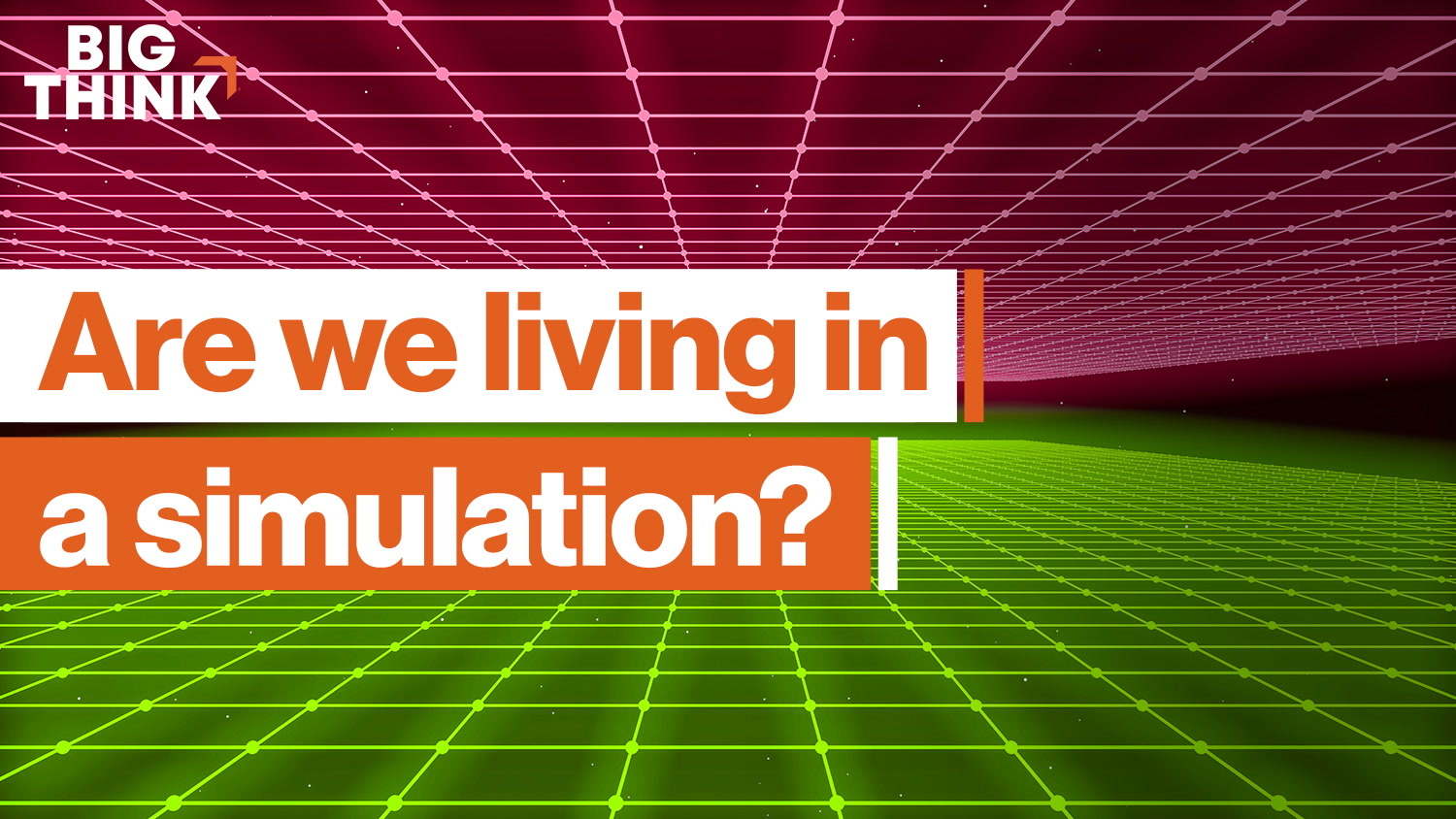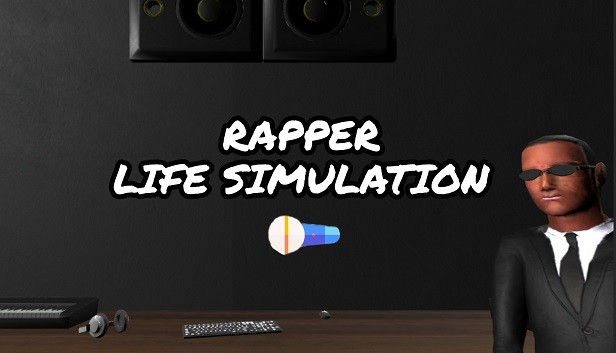

“There is a distinction between being able to simulate the universe completely the level of fundamental physics, on the one hand, and being able to simulate the perceptions and experiences of a human being or all human beings on the other hand”, Nick Bostrom, the University of Oxford philosopher who is one of the most infamous figures among simulation advocates, tells The Independent. Simulation advocates will try and argue around this with more complex scenarios. Scientists have been working for 20 years to try and simulate chiral particles, he adds, but “in the end what they do is they don’t … they get around it, and then just throw away the other one” when looking at the results.

In the mirror, these forces behave the same, “blind to the spin of particles”, David Berman, a professor of theoretical physics at Queen Mary University, says. Magnetism, electricity, gravity, and the strong nuclear force that binds quarks together does not know about parity. There are parts of the laws of physics where the mirror universe does not matter. The caveat to all of this, however, is that scientists do simulate the universe. The same can be said of mint and caraway, each a reflection of the molecule carvone, and, tragically, the thalidomide drug, which is toxic in its mirror image and resulted in thousands of children born with severe birth defects. One might think an orange and a lemon peel are distinctly different (in colour, taste, and smell) but both peels contain a molecule called limonene which are reversed versions of each other. This quality is found in large molecules – like those in fruit. A left hand cannot be superimposed over the right. An object that is distinguishable from its mirror image is chiral. This is an example of “chirality”, from the Greek for “hand”.

Your reflection mimics you, raising their opposite arm. Imagine you are looking in a mirror and wave to yourself. “If you want to engage with properly, it’s very clear that this is an issue you have to deal with”, Professor Tong says, “and nobody mentions it.” The history of this mathematical proof goes back to the 1950s and is the elephant in the room that simulation theorists cannot scientifically argue against. The discovery of a discrete distance in our universe would merely “rock our understanding of physics”, Professor Tong says, although is unlikely to happen “within our lifetimes” and require funds vastly beyond the means of a few billionaires. Unfortunately, the Planck length is 15 orders of magnitude away from what we can currently test with the Large Hadron Collider - and would still not be enough to prove the universe is a simulation, just that it might be discrete. This is the length the universe was after the first 10−43 seconds of Big Bang, while it was expanding. One of the smallest scales we know is the Planck length. It is potentially possible that the universe has a ‘pixel’, but that current scientific knowledge cannot adequately examine it.

It might look like it all works on the surface, but video game characters are not doing the science to check. The universe, as far as can be understood, is not like Lego, or Grand Theft Auto. There is a minimum space”, Professor Tong explains. “If you try to simulate Grand Theft Auto … you can’t go down to infinitesimally small points. A giant Lego sphere may look perfectly smooth from a distance, but close-up examination would reveal these individual blocks. In mathematics, this means that are isolated from each other, each part distinct from another – like Lego bricks affixed upon their base. If the universe was a clock, where would we find its gears? If the universe was a simulation, where would we find its pixels?Ī quality of both gears and pixels is that they are “discrete ”. In lieu of the stars, we look at the subatomic. Evidence that this has been simulated, however, is few and far between. In physics, the best explanation for the universe is the Big Bang, and the cosmic background radiation it has left behind. Paley implied the existence of the watchmaker to explain the source of life while simulation advocates look to the possibility of simulators.


 0 kommentar(er)
0 kommentar(er)
